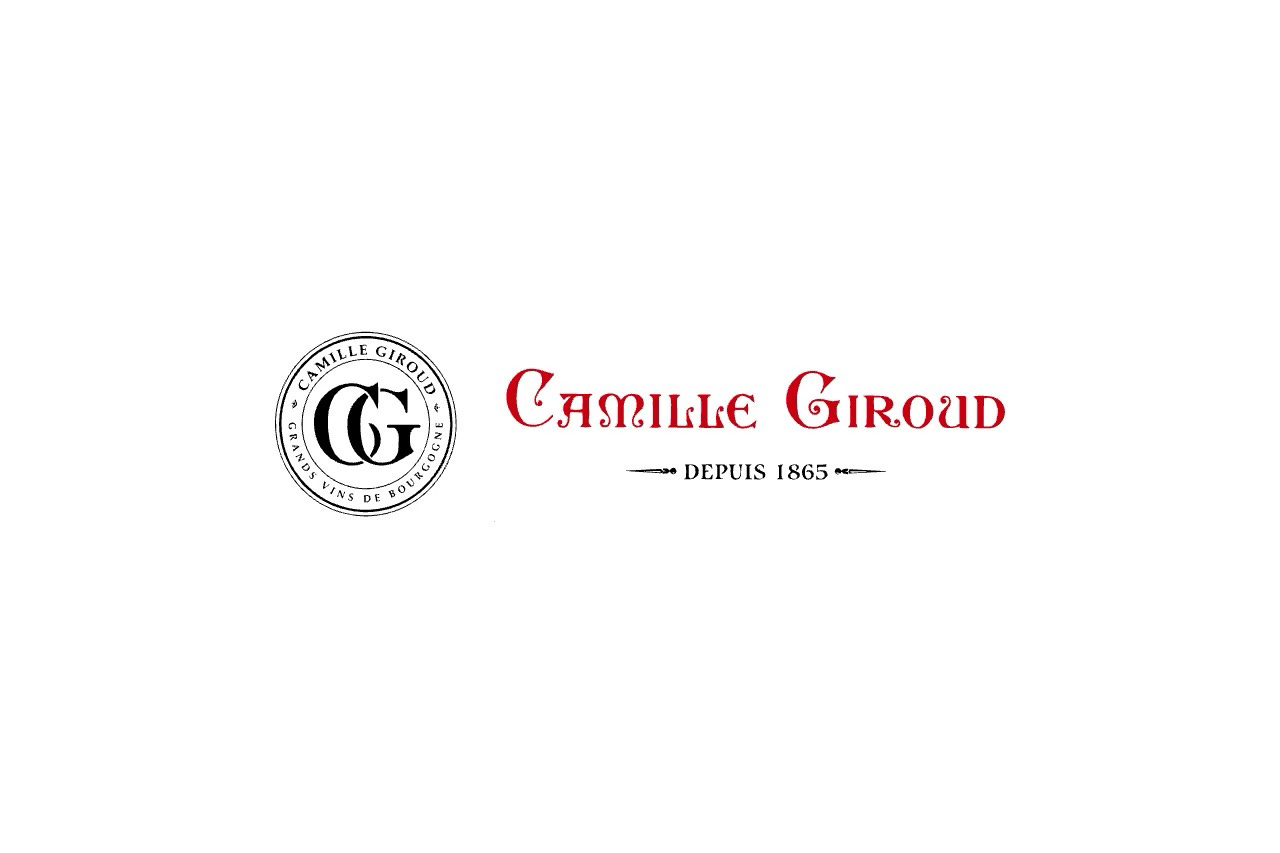Nestled in Beaune’s historic quarters, Maison Camille Giroud stands as both a guardian and reinterpretation of Burgundy’s deep-rooted traditions. Founded in 1865, it began as a modest négociant business before gradually carving a reputation for wines of patience, precision, and provenance. Over the decades, Giroud has refined its mission—not to dominate by scale but to endure by quality.
Bridging Legacy and Modern Aspiration
In its earliest incarnation, Camille Giroud operated much like many Burgundy houses: sourcing wines from across the Côte d’Or, aging them reliably, and releasing mature bottles. This approach built trust among collectors and connoisseurs who prized wines ready to drink yet capable of evolving further. Today, Giroud holds just over one hectare of its own vineyards. The vast majority of its production still relies on long-term relationships with growers across appellations, often selecting from organic or sustainably managed parcels.
A turning point came in 2001, when a group of U.S. investors including Joe Wender and Ann Colgin acquired the estate. They entrusted young winemaker David Croix with the task of modernizing without discarding tradition. In 2016, Carel Voorhuis succeeded Croix, bringing both continuity and fresh perspective to the stewardship.
Philosophy in the Cellar
Under its current regime, Giroud pursues a delicate balance: wines that reveal their terroir without artifice. The sorting process is rigorous, with vibration and optical sorting ensuring only top clusters proceed. Whites are pressed whole (or nearly so), cold-settled, and fermented using native yeasts. Maturation ranges between 12 and 24 months in barrels of volumes from 225 L up to 600 L, with only 0–30% new oak—a restraint designed to allow the site’s voice to resonate. The wines are rarely stirred; fining is avoided, while filtration is gentle when necessary.
For the reds, vinification may be fully or partially de-stemmed, again relying on ambient yeasts. Open vat fermentations lasting 12 to 25 days are paired with minimal sulfur additions. Barrel aging follows similar parameters as the whites. The goal is clarity rather than dominance—fruit, minerality, and subtle structure unmasked.
Worth noting is Voorhuis’s gradual shift: increased use of whole clusters, particularly in appellations like Charmes-Chambertin, and minimizing sulfur in early stages, pushing wines toward more aromatic openness and softer tannin profiles. He remains cautious of dogma—absolutes such as “no sulfur ever” are rejected outright—but believes wines made without sulfur (where possible) often show broader aromatic range and gentler structure.
Portfolio and Signature Wines
Giroud’s reach extends widely across Burgundy’s key appellations: Grand Crus, Premiers Crus, village wines, and even Hautes-Côtes de Beaune plots. Its release list includes marquee names such as Chambertin, Charmes-Chambertin, Clos de Vougeot, and Corton-Charlemagne alongside lesser-known terroirs.
One of its distinctive strengths lies in blending parcels within major crus. The Corton-Charlemagne, for instance, draws from a combination of suppliers across different slopes (Pernand-Vergelesses, Aloxe-Corton, Ladoix-Serrigny) to capture complexity of exposure and altitude.
Because Giroud’s own vineyard holdings are small, the relationship with growers is central. Contracts are often renewed annually, but long-standing partnerships exist. The dialogue is not rigid: growers are not forced into prescriptive methods but are guided toward low yields, selective sorting, and ripeness consistency. That said, the house has cut ties when fruit does not meet expectations.
Strengths, Challenges, and the Road Ahead
Maison Camille Giroud’s identity is compelling because it operates at the intersection of heritage and evolution. Its restrained, terroir-forward style offers an alternative to both ultra-ripe modern expressions and extreme minimalism. Wines age well yet can also show attractive energy in youth.
Yet that positioning carries challenges. In years of climatic volatility, achieving consistency across growers and appellations demands relentless attention. The balance between honoring tradition and adopting innovation calls for nimbleness. And in a competitive field, staying distinct without succumbing to hype is no small task.
Still, under Voorhuis’s guidance, Giroud appears steady. Its choices—in minimal intervention, in careful sourcing, in wise oak usage—speak of maturity and intention. For enthusiasts, collectors, and students of Burgundy, the house offers a compelling narrative: a négociant not defined by size, but by the depth of its commitment.


